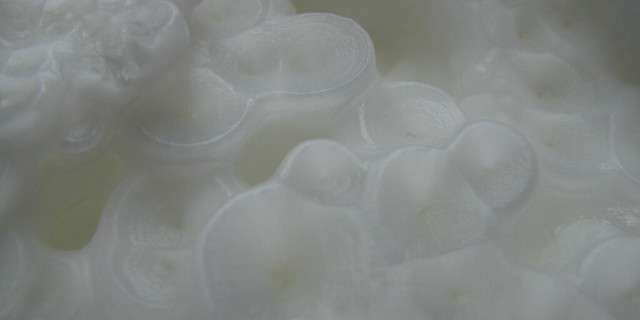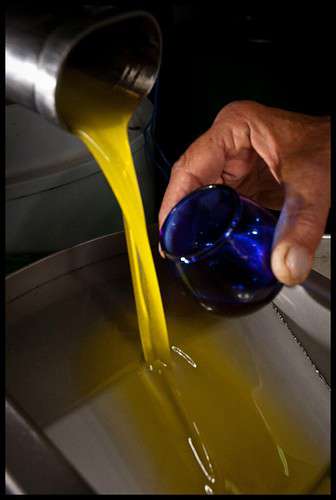
The color scale of edible oils may not seem like an important factor in the quality of oil products. In truth, consumers rarely notice the color of the edible oils they are using, until that color scale starts to show variations. Even slight changes in color indicate to consumers that something is not right with their product or that the quality has changed, even if the integrity of the oil remains the same. Color is a huge factor in consumer opinion and choice, and maintaining an even color scale in the production of edible oils is an important step in process monitoring and quality control.




